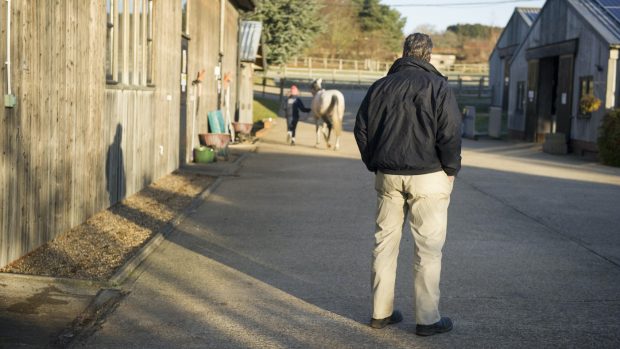Can flexion tests ever be objective rather than subjective? Yes, say researchers involved in a new study that has trialled a sensor-based system to measure a horse’s response.
For many years, opinions on the value of flexion tests — which involve bending a leg for a period of time and then trotting the horse up to reveal any subtle lameness — have been divided. They rely on the ability of the observer to identify and interpret changes in the horse’s gait.
The results can also vary, depending on how hard or high the limb is held.
But the recent research, conducted at the University of Glasgow’s School of Veterinary Medicine, seeks to abolish some of this subjectivity.
Prof Jim Moore of the Equine Veterinary Journal (EVJ), which published the study, said the new technique would help vets investigate lameness more accurately. It will also serve as “an unbiased method” of communicating findings.
Seventeen horses were fitted with sensors, which measured asymmetry.
They were first trotted up normally and then a hindlimb randomly selected and flexed for 60sec before they were trotted up again. Response to the flexion was assessed as negative or positive (lame) by an experienced observer.
The findings showed that a positive visual test correlated with changes picked up by the movement sensors.
H&H vet Karen Coumbe said: “Anything that makes analysing lameness more objective has to be worth serious consideration, as it can be hard to make comparisons. One person’s view of a mild lameness might be more severe than someone else’s.”
H&H reader Bev Green, whose 15-year-old thoroughbred-cross gelding failed a pre-purchase vetting six years ago on a flexion test, said she would welcome a more objective assessment.
“I was told that my potential purchase was 2⁄10 lame, but neither I nor the vendor could see even the tiniest nod,” she said. “I went through with the sale against my vet’s advice and [the horse] has not had a day off work since.”
This news story was first published in Horse & Hound magazine (6 June 2013)




